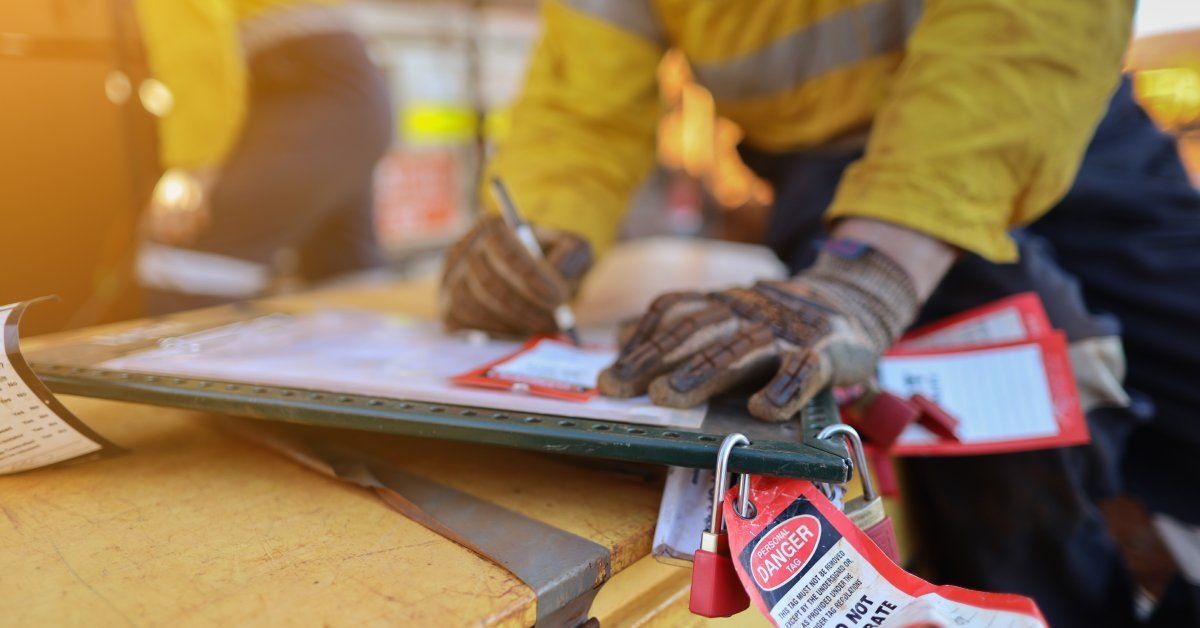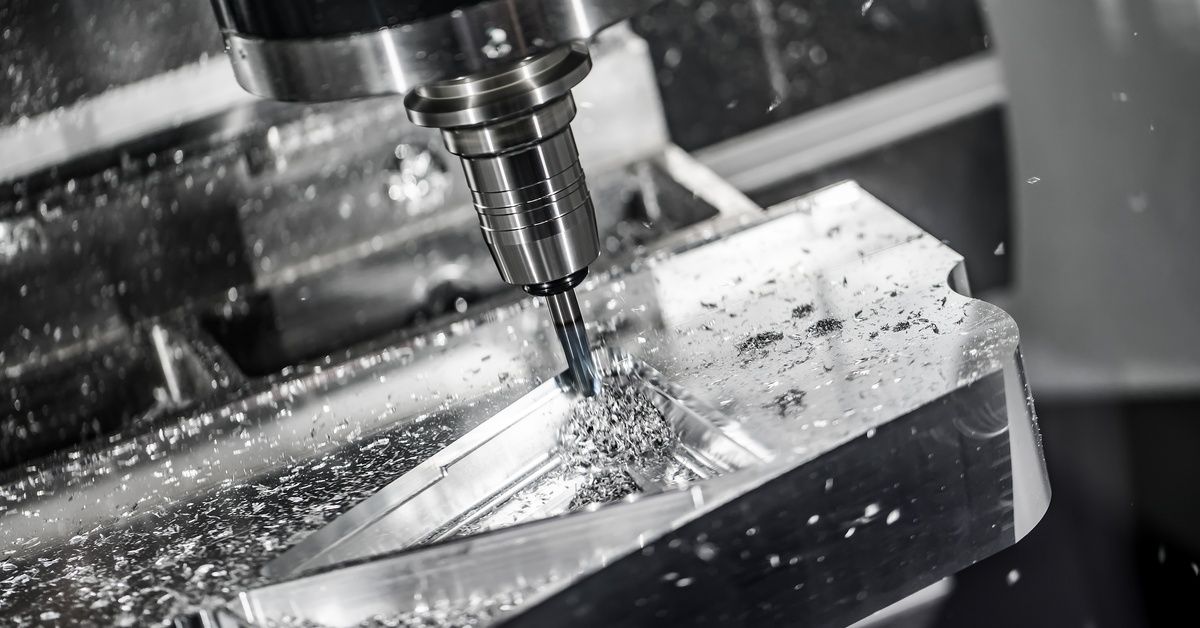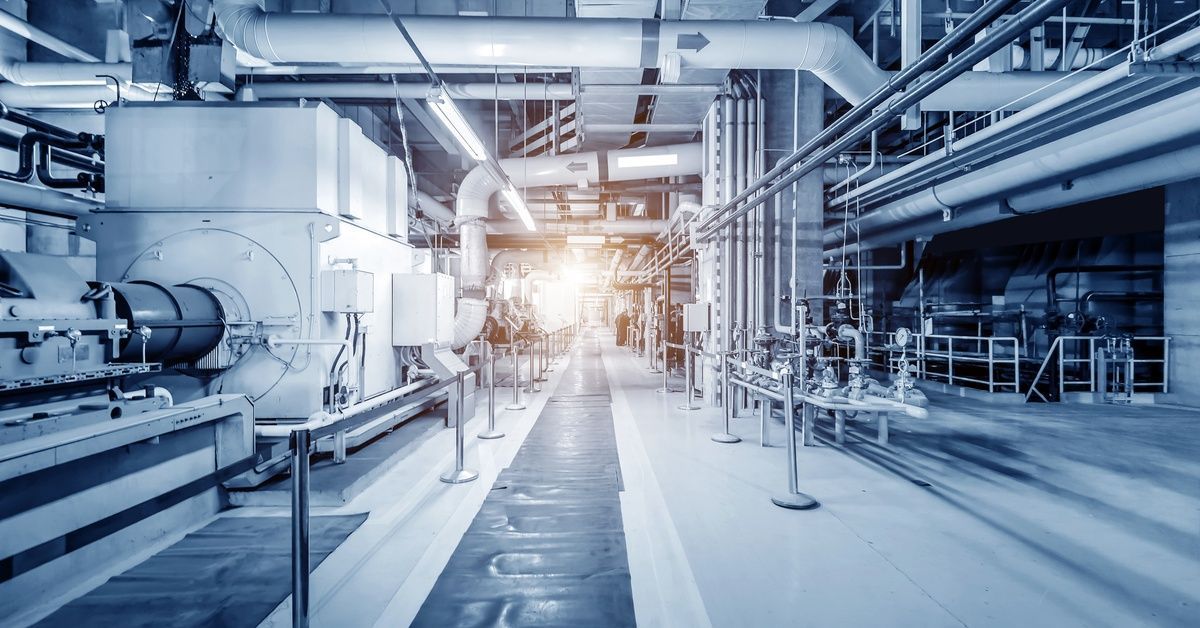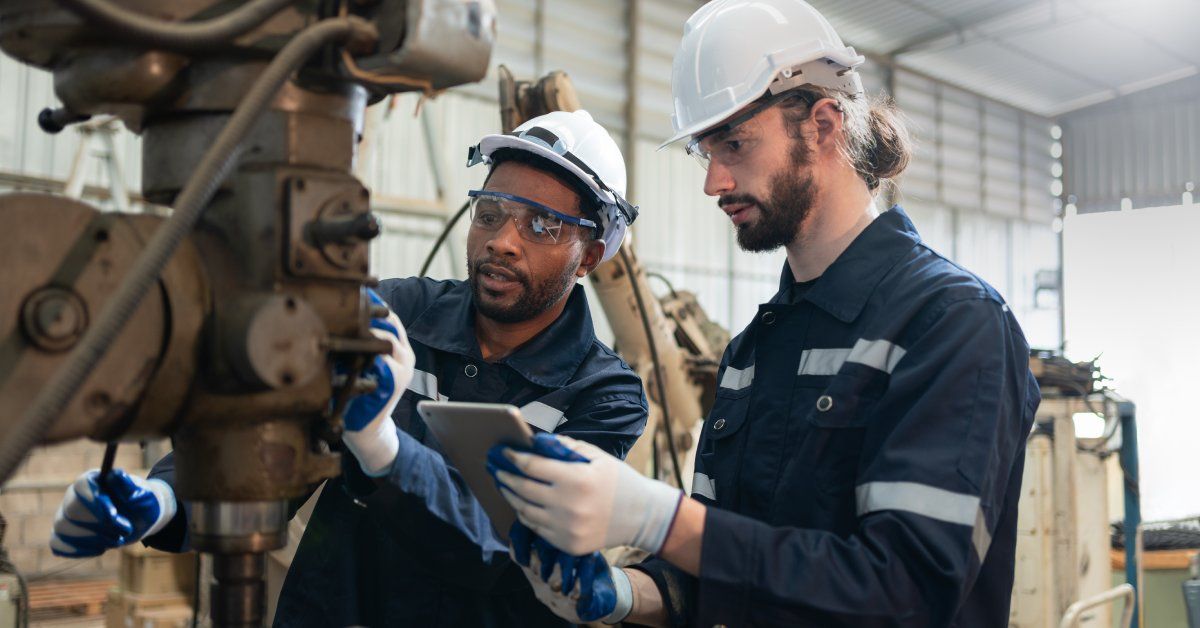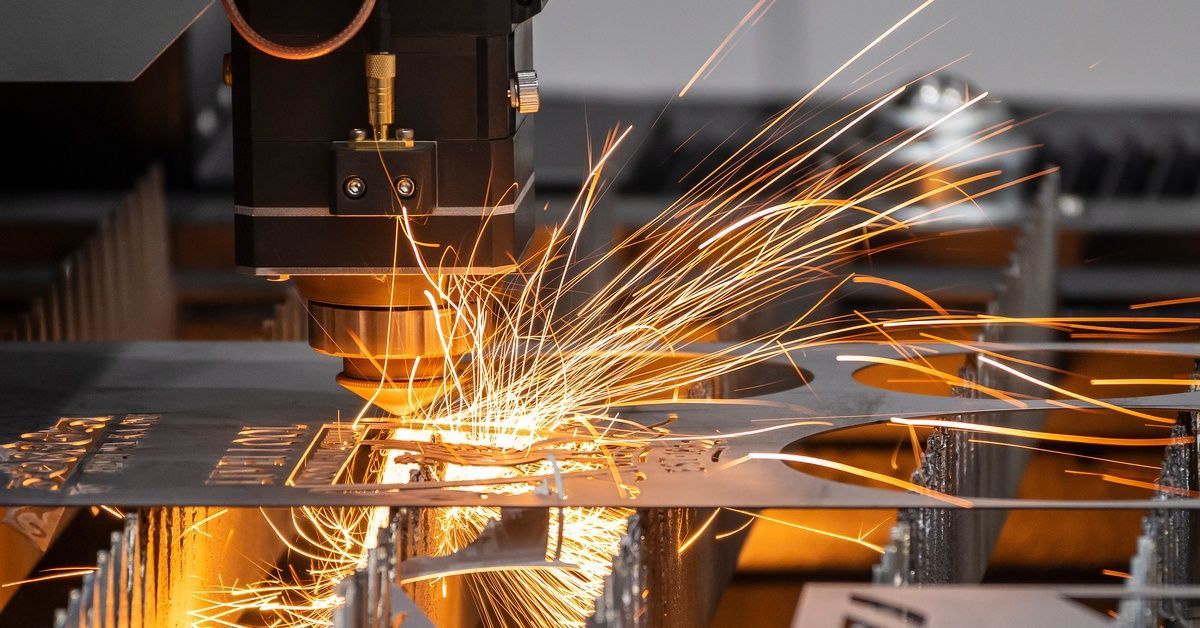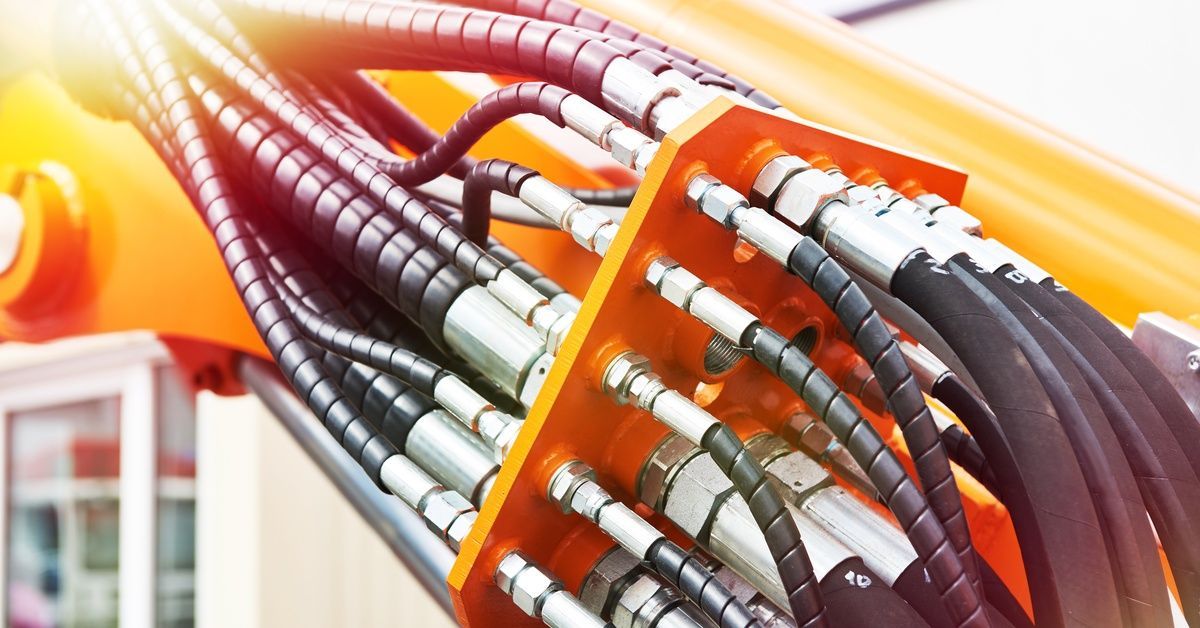What Are the Steps of the CNC Machining Process?
In the manufacturing industry, precision is everything. Computer numerical control (CNC) machining offers unmatched accuracy and efficiency, making it easier for companies to design, test, and release products.
But what exactly are the steps of the CNC machining process? For professionals in engineering and manufacturing, understanding these steps is crucial for maximizing productivity and ensuring top-notch quality.
Design and Planning
The most important part of CNC machining is the design and planning phase. This stage involves creating a detailed blueprint of the part you want to produce. Computer-aided design (CAD) software is commonly used for this purpose.
CAD allows you to create 2D or 3D models of the part, specifying dimensions, materials, and other critical details. Once the design is complete, it’s essential to review it thoroughly to ensure it meets all specifications and requirements.
Material Selection
Choosing the right material is crucial for successful CNC machining. Different materials have varying properties that can affect the machining process and the final product’s quality.
Common materials used in CNC machining include metals like aluminum and steel, as well as plastics like ABS and nylon. Each material has its own set of characteristics regarding hardness, strength, and heat resistance, which must be considered in order to determine the effective of the product.
Tool Selection
The tools used in CNC machining are just as important as the materials. Different operations require different types of tools. Proper tool selection ensures efficient machining, reduces wear and tear, and improves the final product’s quality.
The tool material, geometry, and coating can significantly affect each tool’s performance and longevity. High-speed steel (HSS) and carbide are common tool materials for CNC machining, each offering different advantages.
Machine Setup
Once everything is ready, it’s time to set up the machine. This involves loading the chosen tools and materials into the machine, securing the workpiece, and configuring the machine settings according to the specified program.
Proper setup is vital for ensuring accuracy and preventing damage to the machine or tools. It’s essential to double-check all settings, including tool offsets, spindle speeds, and feed rates, before starting the machining process. A well-set-up machine will run smoothly, producing high-quality parts with minimal issues.
The Machining Process
Once everything is set up and tested, you can start the actual machining process. The machine will follow the CNC program to cut, mill, drill, or turn the material into the desired shape. This step is highly automated, with the machine performing the operations with high precision and consistency.
During the machining process, you must closely monitor the machine’s performance and make any necessary adjustments promptly. Proper lubrication, cooling, and chip removal are crucial for maintaining the tool and ensuring a smooth finish.
CNC machining is a powerful option for precision manufacturing, offering unparalleled accuracy and efficiency. By understanding and mastering the steps of the CNC machining process, you can optimize your work and produce high-quality parts.
Whether you’re a seasoned professional or new to the field, there are a lot of things you’ll need to remember to succeed—that’s where third-party professional services come in. With James Manufacturing’s CNC machine services, you can achieve quality results every time.
